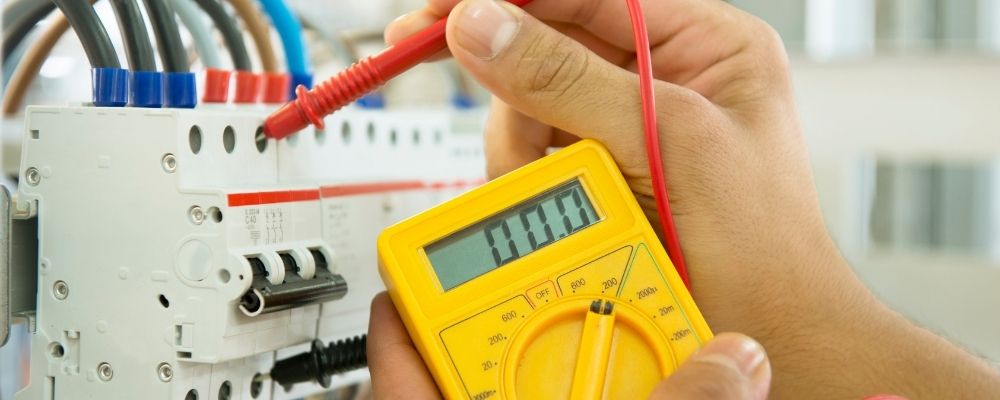Setting up utilities is a big part of moving into a home and as the landlord, it often falls on your shoulders. Which utilities you must set up for a rental property depend on your rental agreement. If you’re paying some of the utilities, you must set them up for your tenants before they arrive. If the tenants are responsible for some of the utilities, they hand the process to set up utilities for a rental house.
Here’s what you need to know.
How To Set Up Utilities For A Rental House You Own
If you own the property and are setting up utilities for tenants, you’ll set up the utilities in your name. This means you’re liable for the bills, not your tenant. Some landlords set up utilities in their name since it’s hard to show a property without working utilities, but then transfer them to the tenant’s name once the home is occupied.
Commonly, landlords handle some utilities and pass the rest onto the tenant. If your municipality puts a lien on your property for unpaid water, gas, or electricity, you may want to pay the bills yourself. If you want to charge the tenant for the bills, you can bill them separately without worrying about a lien getting placed on your property.
How To Set Up Utilities For A Rental House As A Tenant
If the utilities are your responsibility, transfer them immediately into your name. You can even set them up before you move in. Before you move in, find out from the landlord which utilities must be in your name and which he/she will cover.
Before you set up any utilities, ask your landlord if there are any preferred providers in the area or at the house. Sometimes the property is already wired for certain cable companies or there is only one electrical provider in the area.
Knowing your options and/or what will make it easier for you is key. If you have options, it’s good to know that too in case you want to shop around for the best deals.
To set up utilities you can usually navigate to the provider’s website and click ‘sign up.’ Besides your personal information, you must provide the new address and your move-in date so the utility company transfers utilities at the right time.
How Much Does It Cost To Turn Utilities On?
Every utility company is different. Some don’t charge you to set up utilities for the first time and others charge transfer fees to transfer the utilities from the landlord or previous tenant to you. Before you set up utilities, ask the provider what they charge to set up so you’re prepared for your first bill since it will include any set-up charges plus your usage.
Which Utilities Must You Set Up?

Which utilities you must set up depend on your agreement with your landlord. Some landlords have everything set up and keep it in their name, which means you don’t have to do anything. Others only have the main utilities in their name, like water and electricity, and leave the rest up to you.
There are certain utilities you must set up (you or your landlord) and others that are optional.
Required Utilities
- Electricity
- Gas
- Water
- Trash Collection
Optional Utilities
- Internet
- Cable
- Security Systems
When Should You Connect Utilities As A Tenant
You want your utilities up and running when you move into the home. This basic timeline can help ensure everything runs smoothly during the move in:
1 -FIND YOUR PROVIDERS A MONTH BEFORE YOU MOVE IN: Talk to your landlord about any existing providers or any choices you have for providers. You may have different providers if you’re moving towns since different companies handle different areas.
2 – CONTACT THE COMPANIES YOU PLAN TO USE: Around 2 weeks before you move, contact the companies you will use. Find out their procedure for setting up utilities and what information you may need to provide to get started.
If you have utilities you pay for now, call your old company and give them a heads up that you’ll be canceling and the date you need the utilities shut off.
3 – CHECK WITH THE UTILITY COMPANY THE DAY BEFORE YOU MOVE IN: The day before you move in, call the utility companies and make sure your electricity, gas, and water are on. Other utilities like internet and cable can wait, but it’s kind of hard to live in a home with no electricity, gas, or water.
Final Thoughts
Handling utilities is a big part of moving and a key responsibility of being a landlord. Your tenants need utilities, but the cost can eat into your profits. Work out an agreement that helps both you and your tenants and make sure everyone pays their fair share of the cost.



